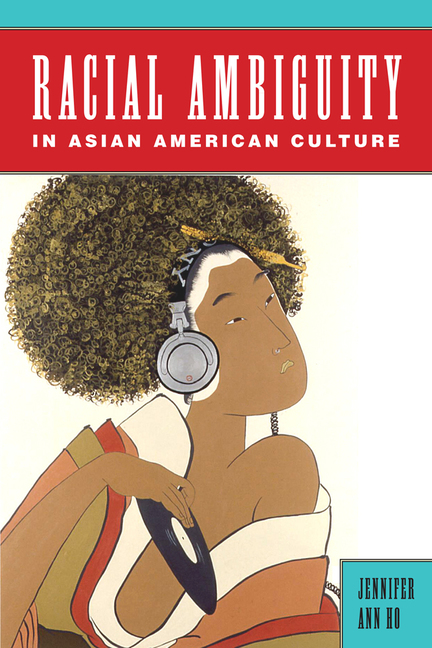Language variation, audience design, and racial identity: an analysis of discourse in Danzy Senna’s “Caucasia”Posted in Dissertations, Literary/Artistic Criticism, Media Archive, United States on 2015-12-22 23:51Z by Steven |
Purdue University
2015
81 pages
ISBN: 9781339183824
Rachelle R. Henderson
Previous studies examining sociolinguistic language variation, race, and identity focus primarily on self-defining monoracial audiences. Additionally, previous studies examining mixed race identity in interracial literature use traditional literary or historical methodologies. The current study seeks to bridge a connection between sociolinguistics and literature. To date, there are few, if any, studies which apply sociolinguistic theories of language variation to discourse in interracial literature. The current research project is one such study, examining character dialogue of self-defining monoracial and black-white mixed race interlocutors in Danzy Senna’s contemporary interracial novel, Caucasia. The current research project asks two primary questions: 1) How is language variation is Caucasia (Senna, 1998) motivated by the race of both speaker and the audience and 2) How do mixed race and self-defining monoracial audiences evaluate language variation in Caucasia (Senna, 1998)? The overarching research objective is the exploration of mixed race identity.
The current thesis is composed of four chapters. Chapter 1 introduces the rationale behind the current project. Chapter 2 provides a background of the relevant literature, ad Chapter 3 analyzes data within the text through sociolinguistic methodology, and Chapter 4 offers a discussion of the analysis, in addition to a conclusion.
Purchase the Masters thesis here.




